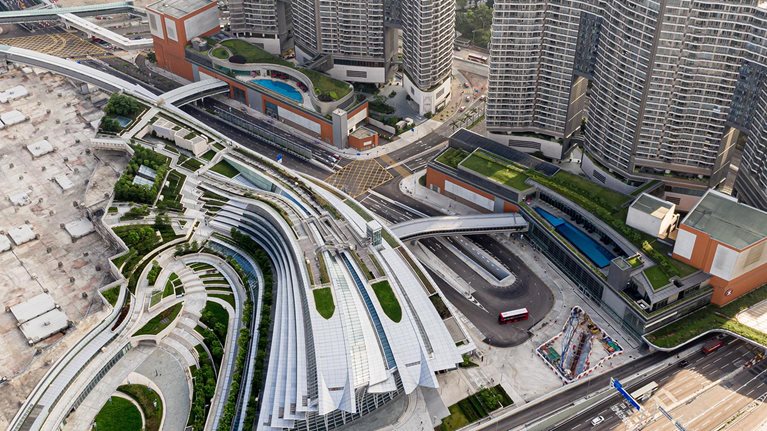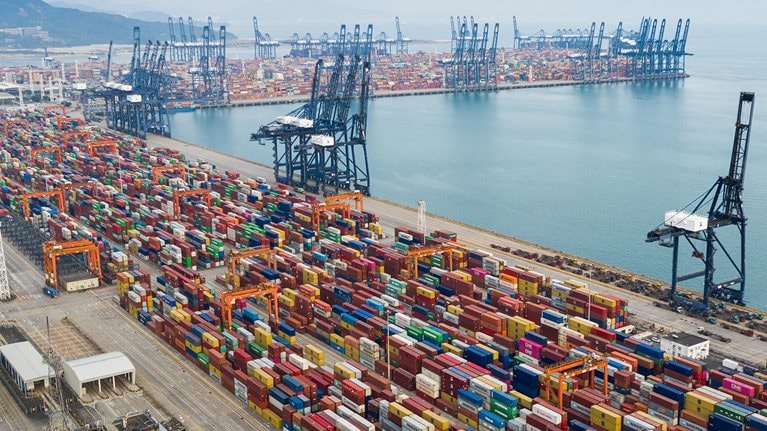Recent analyses suggest that meeting the European Union’s net-zero emissions targets by 2030 and 2050 is possible—but daunting. Progress in some areas, particularly in replacing fossil fuels with renewable-energy technologies, has laid an important foundation. From here, private investors have a significant opportunity to help shape the progress made in the sectors critical to decarbonization.
For their part, asset managers are increasingly being challenged by their limited partners (LPs) to generate environmentally friendly investment opportunities and divest polluting investments—all without compromising returns.
As investors prepare to take part in a pool of opportunities that reaches into the tens of trillions of dollars, they need to carefully explore large-scale investment opportunities for both new and familiar technologies, often in new constellations and structures. At the same time, they need to take stock of, and reconfigure, their existing portfolios to make sure they manage technology and regulatory risks while continuing to be part of building a net-zero world.
McKinsey analysis suggests that achieving net-zero emissions in Europe will require approximately $28 trillion in investment—50 percent of which is directly relevant for infrastructure investors.1 Upgrading existing assets and allocating capital to the right infrastructure projects—past, present, and future—has never been more important. Those who get it right have the opportunity not only to profit, but also to play a critical role in helping mitigate and adapt to climate change.
Investment opportunities
Generating the infrastructure needed for decarbonization of key industries will require massive capital reallocation; more sustainable materials and production methods; and significantly expanded green technologies, including, crucially, renewables. The required investment will likely exceed public funding capacity, opening the door for private capital—which would give investors a critical role to play in helping to shape the future of sustainable infrastructure.
There will be challenges. The successful expansion of renewables, which is the current mainstay of sustainable-infrastructure investing, could lead to a reduction of feed-in tariffs and a reassessment of offtake arrangements. And pressure on returns, already palpable, may intensify as war chests grow faster than investable projects. According to McKinsey analysis, average return spreads in mature markets have already decreased to approximately 1 percent.2 In Germany, with more than 49 gigawatts of solar already installed, we believe wholesale prices may decrease by approximately 40 percent by 2030, heavily influenced by intense competition for tendered volumes.
We estimate that about half the required investments do not have stand-alone investment cases today (exhibit).3 On the one hand, rapidly evolving regulatory frameworks may well introduce policies that bolster these investment cases. On the other, regulatory decisions may have a negative impact on infrastructure operators’ portfolios, with return and risk of specific assets susceptible to changes in carbon pricing, tariff preferences, and other factors.

Would you like to learn more about our Operations Practice?
Maximizing investment opportunities
Infrastructure investors can start by building an in-depth understanding of the core technologies for a net-zero world, including hydrogen, biofuels, heat pumps, and carbon-capture technology. Investors will want to carefully consider where to play on the risk–return scale, bearing in mind how the options might resonate with LPs: demand for riskier sustainable portfolios may not always align with LPs’ risk appetite, requiring careful design of investment products and funds. Investment strategies should also consider how technology deployment is expected to evolve over time.
Investors will want to define how to engage with these technologies, with three common approaches in mind: buying a portfolio of existing assets, adding individual projects to an existing portfolio, or building a portfolio from scratch—that is, greenfield building of the physical asset, not the investment vehicle.
As markets mature, the pricing of existing sustainable options is set to escalate, potentially making the economics of bolt-on acquisitions challenging. For example, McKinsey analysis finds that renewable-energy valuations increased from a multiple of about 10 in 2019 to a multiple of about 15 in 2021, growing faster and achieving higher multiples than comparable assets in the same time frame.
However, as currently seen in renewable energy assets, a more gradual approach of expanding on an existing portfolio of similar assets may face cost challenges as asset classes appreciate rapidly, and limited market opportunities may not be conducive to the transition speeds LPs are looking for. Opening up greenfield opportunities can be exciting and is increasingly being pursued by leading infrastructure investors, but building something from scratch is also resource-intensive and risky—which not all LPs are looking for.
Finally, investors can broadly engage with a variety of stakeholders to fully understand the scope of possibilities:
- Policy makers: Ongoing engagement will be key in understanding and monitoring policy developments critical for managing risk and identifying new opportunities.
- Sustainable LPs: It’s crucial for investors to understand the expectations of these LPs regarding sustainability targets, risk appetites, and implications for returns.
- State-owned enterprises and industrials: Projects that are still in pilot phases can offer investors firsthand understanding of emerging technologies and markets while allowing them to position themselves as partners of choice as these technologies mature.
Existing portfolios
Many of today’s infrastructure-investment portfolios include high-emissions legacy assets. However, portfolio-wide decarbonization targets are increasingly common, with more than $43 trillion in assets already managed under the net-zero asset managers initiative. Some leading LPs have gone a step further and locked out certain subsectors, such as coal. Others go so far as to exclude high-environmental-impact energy sources such as oil sands and arctic exploration.
McKinsey estimates that the value of assets stranded as a result of the transition to net-zero emissions could total €215 billion.4 To transition smoothly, investors will need to devise strategies for smart and timely disposition of outdated assets, as well as innovative options for repurposing or generating other forms of value from assets such as land value. For example, Europe has already reduced more than 120 metric megatons per year of refining capacity. While about 80 percent of that reduced capacity has been repurposed, these efforts have focused on conversion to terminals—an outcome that does not move the needle in achieving net-zero ambitions.
However, executing repurposing plans is not always straightforward. While some asset managers have been creative in repurposing assets, potential is limited. Retrofitting is not always cost-effective, particularly in especially old or outdated assets. And some solutions that have proven popular, such as converting refineries to biofuel plants and storage terminals, have patchy demand and thus can be undertaken profitably only a limited number of times. The business case for everything from refurbishment to land restoration, as well as the effects of decisions on the local workforce and community, will play into how investors unwind unsustainable legacy assets.

Voices on Infrastructure: Improving project development and delivery
Protecting and advancing existing portfolios
Investors can start by conducting careful portfolio diagnostics to assess transition risk, understanding that risk on an asset-by-asset basis, and identifying potential for sustainable improvements through process efficiencies, alternative feedstocks and power sources, and redesigned products. Investors that closely monitor greentech penetration will be best poised to determine optimal holding and exit timelines for legacy assets.
Leading investors may also explore innovative business models by aggregating subscale assets into portfolios large enough to generate cost-effective sustainability upgrades. In this way, savings on an individual home level—for example, environmental and cost savings from installing heat pumps—can be bundled into an investable option at the right scale.
Finally, investors can play an important role by working with public sector and other stakeholders to draw up socially balanced transition and wind-down plans for fossil assets. The private sector’s involvement in the energy transition can help maintain energy security by supporting smooth transitions, and collaboration with private investors will be key to fully understanding the cost of certain regulatory measures and to developing the ability to finance new, sustainable development at reasonable costs. At the same time, certain investments that are critical to decarbonization, such as power transmission and EV-charging networks, will require close collaboration between the two sectors.
Investors in infrastructure investments are, by nature, in it for the long haul. That’s a challenge at a time when the world is rapidly changing, entire technologies are being introduced and retired within a decade, and emissions targets make certain innovations a must. Infrastructure investors must plan ahead for anticipated challenges to infrastructure investment opportunities, such as by developing a deep understanding of emerging technologies, both so they know where to find their next investment opportunities and so they can seek ways to future-proof existing assets. They can also carefully manage current assets to support modernization where possible and cost-effective wind-down of legacy assets where not.
The fundamental reconfiguration of energy and transportation systems that is currently under way has created an urgency for change. Question marks around the long-term sustainability of certain technologies combine to create an uncertain but exciting future—one in which investors can play a crucial role.


